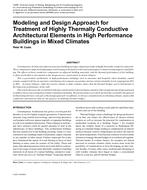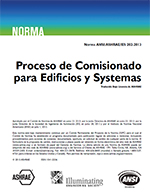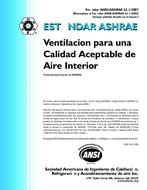Description
Contemporary Architecture often incorporates building envelope components made of highly thermally conductive materials. These components range from light gauge steel framing in the field of walls and roof parapets to metal awning supports and flashing. The effects of these conductive components on adjacent building materials, and the thermal performance of the building, is often overlooked or discounted in the design process, particularly in mixed climates.
This is particularly problematic in high-performance buildings such as museums and hospitals where humidity control systems coupled with the air-moisture contributions of occupants can produce interior relative humidity levels ranging from 40% to 60%. In mixed climates, while the exterior climate is mild, evidence shows that the thermal bridges can be detrimental to the long-term performance of the wall.
This article discusses the overall lack of design consideration in mixed climates and describes an appropriate design approach to address these issues using heat transfer simulation modeling. We present projects on which our firm has worked for the purpose of illustrating the basic concepts of the design approach. In addition, we discuss considerations in obtaining climate, surface film coefficients and material data for the purpose of modeling thermal bridges.
Presented at Thermal Performance of Exterior Envelopes of Whole Buildings X – December 2007Units: I-P
Citation: Thermal Performance of Exterior Envelopes of Whole Buildings X
Product Details
- Published:
- 2008
- Number of Pages:
- 7
- File Size:
- 1 file , 3.5 MB
- Product Code(s):
- D-BldgsX196




